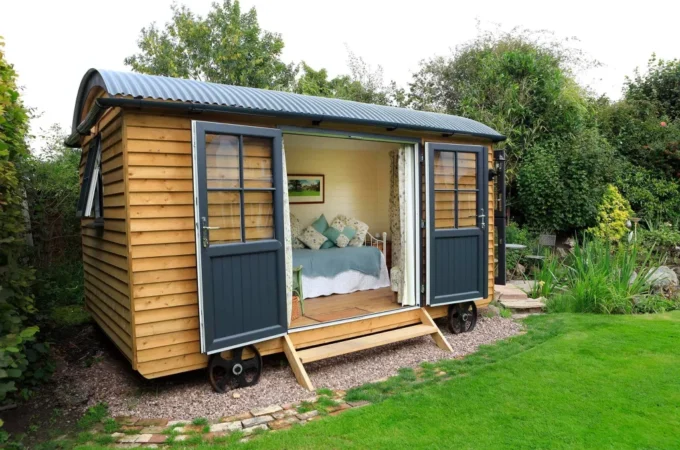
Attention New Homeowners: Don’t Overlook These Hidden Costs
As a new homeowner, you’re focused on the closing costs and sale price that come with your piece of property. And rightly so — as a red-hot housing market refuses to cool down, the average house is getting more expensive each day.
However, there’s more to buying a home than the cost of the property. From moving costs to a rainy-day fund and more — several hidden costs can surprise new homeowners. Check out this list below to learn what you can expect after you receive your keys, so you can budget for these added expenses.
Moving Costs
Moving costs can add up quickly. Whether you hire professional movers or opt for a DIY approach, there are expenses to consider.
Professional movers typically charge based on factors such as the distance of the move, the volume of belongings, and additional services like packing and unpacking.
DIY moves involve renting a moving truck, purchasing packing supplies, and potentially taking time off work. It’s important to budget for these costs well in advance to avoid any last-minute financial surprises.
Setting up Utilities
All the utilities you come to expect in a home don’t come automatically running when you move in, even though the previous owners had everything set up. They cancelled their accounts when they moved out of the house, and you’ll need to set up everything under your name, including electricity, water, gas, internet, and cable or satellite TV.
Many utility providers require deposits or connection fees, which can vary depending on your location and credit history. It’s crucial to research utility providers in your area and budget for these initial expenses.

Home Maintenance and Repair Fund
While setting aside an emergency fund is generally good financial practice, it becomes even more important as a new homeowner. Unexpected issues can crop up at home, even if you purchased a totally new build. Your appliances can fail, your basement can start leaking, or you need to patch up a wall you damaged when moving in.
Having an emergency fund specifically dedicated to homeownership ensures that you can address these unforeseen costs without jeopardizing your financial stability. Aim to save 1% of your home’s purchase price every year for maintenance and repairs.
If something comes along before you can save what you need, you can choose between a personal loan or line of credit for assistance. Knowing the differences between them can make your choice easier, so take the time to do some research. Plenty of homeowners like to have a line of credit on standby, so they have a financial backup in emergencies without needing to apply for a new loan.
New Appliances
When moving into a new home, it’s common to encounter outdated or malfunctioning appliances. Upgrading to new appliances can be a significant expense that homeowners often overlook. Consider the lifespan of existing appliances and factor in potential repairs or replacements in your budget.
New Furniture
If you are coming from a small bachelor or one-bedroom apartment, your new home could be enormous in comparison. While it’s nice to have extra square footage, more space means more rooms to furnish. From bedroom sets to living room couches and dining room tables, the costs add up.
To make furniture shopping more affordable, explore different options, such as local thrift stores, online marketplaces, or furniture outlets that offer discounted prices. Additionally, keep an eye out for sales or clearance events where you can find quality pieces at more affordable prices.




